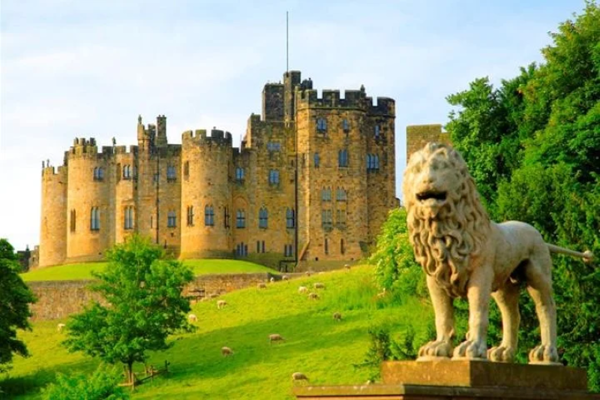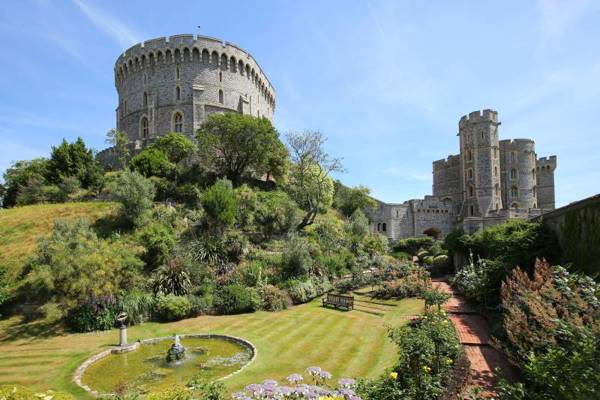Historical Significance
Dover Castle's roots trace back to the Roman era, making it one of the oldest and most historically significant castles in England. The site's strategic importance as a key defensive stronghold was recognized by the Romans, who built a lighthouse and defensive structures on the cliffs. However, it was during the medieval period that the castle took shape in its current form.
Medieval Marvel
The medieval phase of Dover Castle's construction began in the 12th century under the orders of King Henry II. The castle was designed not only as a military fortress but also as a symbol of royal power. Its imposing stone walls, towers, and inner bailey showcased the architectural prowess of the time. The Great Tower, often referred to as the Keep, became a central element of the castle, representing both military strength and regal grandeur.
Strategic Importance during Wars
Dover Castle played a pivotal role in various conflicts throughout history. During the Napoleonic Wars, it was further fortified as fears of invasion loomed. The medieval tunnels within the cliffs were expanded and repurposed for defense, creating an intricate network of underground passages. These tunnels served as barracks, hospitals, and even a command center during World War II.
World War II and the Secret Wartime Tunnels
Dover Castle's significance extended into the 20th century during World War II. The secret wartime tunnels, hewn into the chalk cliffs beneath the castle, became the nerve center for Operation Dynamo—the evacuation of Dunkirk in 1940. The tunnels, which housed the Dunkirk War Rooms, are now open to the public, offering a glimpse into the nerve-wracking decisions made during that critical time.
Architectural Marvels
Dover Castle's architecture reflects the evolution of military engineering over the centuries. The Great Tower, a masterpiece of medieval architecture, boasts a well-preserved interior, including the opulent King's Chamber. The medieval walls, towers, and gatehouses provide a captivating view into the past. Visitors can explore the Roman Pharos, the Saxon church, and the medieval kitchens, experiencing the castle's evolution through the ages.
Spectacular Views and Surroundings
Apart from its historical significance, Dover Castle offers breathtaking panoramic views of the English Channel and the surrounding landscape. On a clear day, visitors can see the French coastline, emphasizing the castle's strategic location as a guardian of the realm. The castle grounds feature lush gardens, providing a tranquil contrast to the imposing stone structures.
Visitor Experience and Education
Dover Castle is not merely a static relic; it is a dynamic destination that engages visitors through interactive exhibits, reenactments, and educational programs. The immersive experience allows visitors to step back in time and witness life in different eras, from medieval times to the intense days of World War II.
In conclusion, Dover Castle stands as an enduring symbol of England's resilience and strength. From its Roman origins to its medieval splendor and its crucial role in modern conflicts, the castle encapsulates the spirit of a nation. As visitors explore its ancient halls, underground tunnels, and towering walls, they embark on a journey through time, discovering the stories etched into the very stones of this majestic citadel overlooking the White Cliffs of Dover.
A Majestic Citadel with Centuries of History








 Get cheaper tickets
Get cheaper tickets






